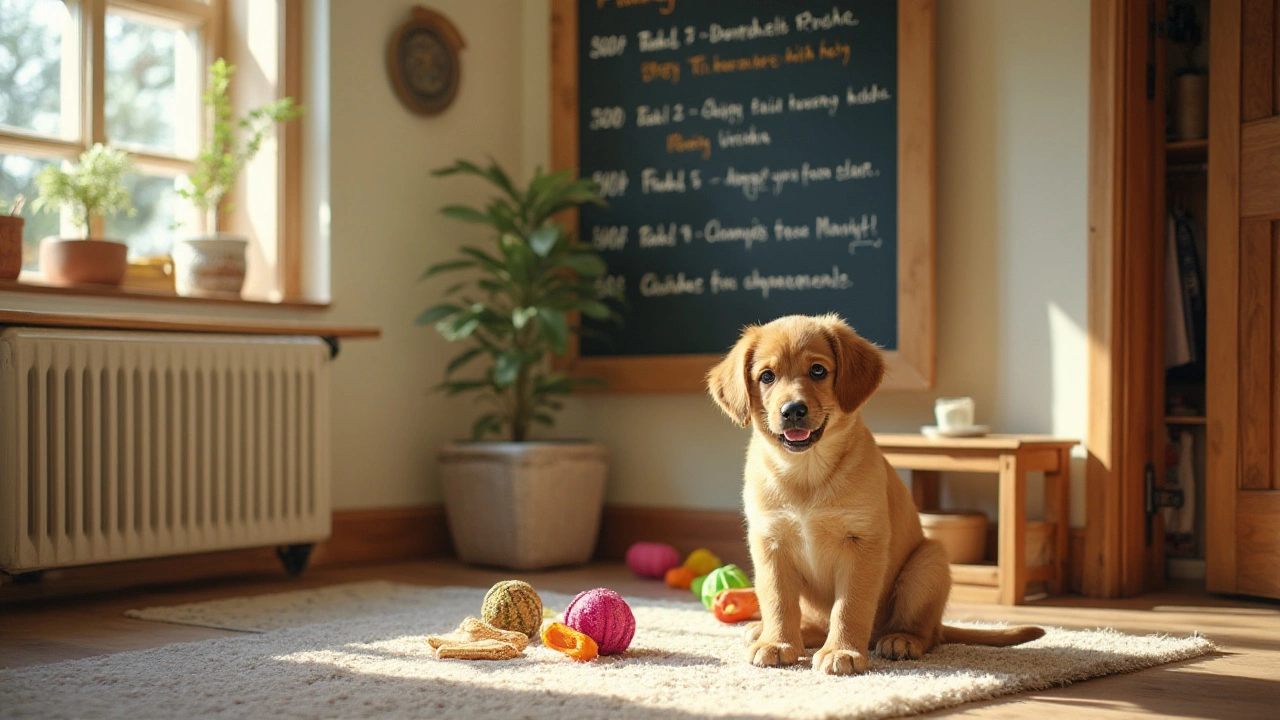Puppy Pee Solutions – Simple Ways to End Indoor Accidents
Got a puppy that’s making a mess on the carpet? You’re not alone. Most owners face the same problem, but the good news is there are clear steps you can take right now to cut down on accidents.
Why Puppies Pee Inside and How to Spot It
Puppies have tiny bladders and they’re still learning to hold it. They’ll usually bark, sniff, or circle before they go. If you notice those signs, get them outside or onto a pee pad instantly. Ignoring the signal only teaches them that it’s okay to go inside.
Sometimes a sudden urge comes after drinking, playing, or waking up from a nap. Keep an eye on water intake and activity bursts so you can predict the next bathroom break.
Proven Strategies to End Accidents
Stick to a schedule. Take your puppy out first thing in the morning, after meals, after play, and before bed. A regular routine builds a habit and reduces surprise leaks.
Use a crate wisely. Dogs naturally avoid soiling where they sleep. A crate slightly bigger than your pup lets them turn around but not use one corner as a bathroom. Only keep them in the crate for short periods and always let them out right after opening it.
Reward the right spot. The moment your puppy finishes outside, give a treat, praise, or a quick game. The positive feedback tells them that going outdoors equals good things.
Clean accidents properly. If a mess happens, use an enzymatic cleaner. Regular cleaners leave scent behind, and the puppy might think the spot is still okay to use.
Limit free‑water access at night. Offer a bowl a few hours before bedtime, then remove it. This helps the bladder empty fully and reduces nighttime leaks.
Watch for health issues. Frequent accidents, straining, or loss of control could signal a urinary infection or other problem. If you see these signs, book a vet visit.
Keeping a simple log can be a lifesaver. Write down the times you take your puppy out and any accidents. After a week you’ll see patterns and can fine‑tune the schedule.
Remember, consistency beats drama. Everyone in the household should follow the same plan, use the same commands, and reward the same way. Mixed signals only confuse the pup.
With a clear routine, proper crate use, quick rewards, and thorough cleaning, most indoor peeing issues fade within a few weeks. Stay patient, stay positive, and soon your floors will stay dry while your puppy learns the right place to go.

Effective Ways to Discourage Puppies from Indoor Peeing
Training a puppy not to pee inside the house can be a challenging but rewarding task. It's important to use positive reinforcement methods alongside a consistent routine to teach your puppy where they should relieve themselves. Avoid harsh punishments that might harm the trust between you and your puppy. Instead, utilize engaging and supportive tools and tricks to guide their learning process. This article provides practical insights and entertaining techniques to assist in housebreaking your young pup while emphasizing patience and understanding.
View more